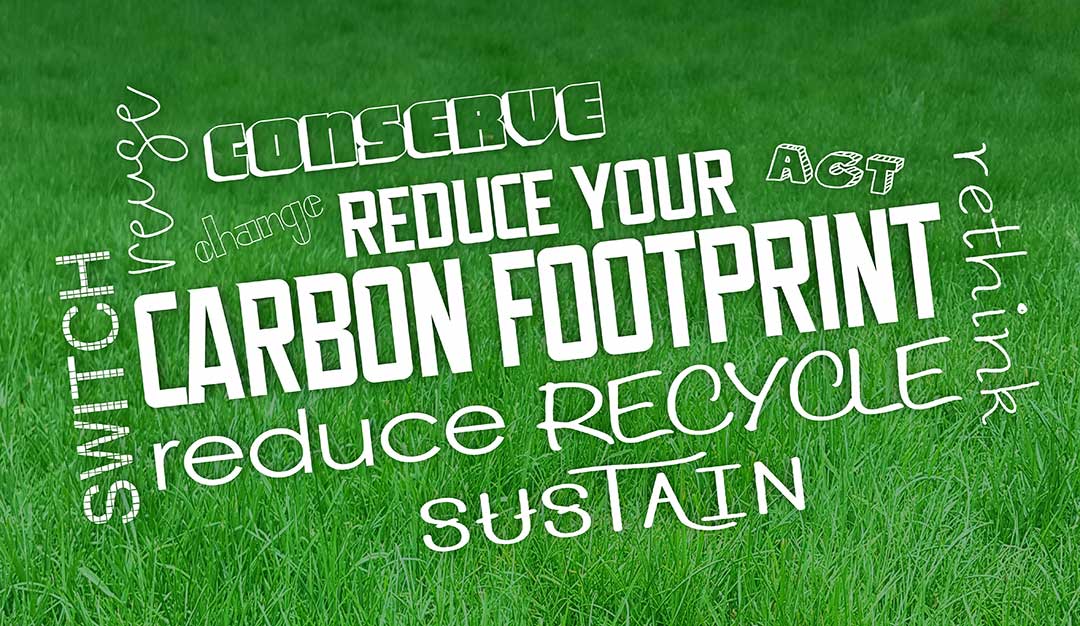In the pursuit of sustainable living, the environmental lexicon is evolving beyond the conventional measure of carbon footprints. The concept of a “climate shadow” has emerged as a comprehensive alternative, challenging the limitations and criticisms associated with traditional carbon footprint calculations. The climate shadow encapsulates the nuanced interplay of individual choices, extending beyond mere carbon emissions to encompass a broader spectrum of actions that influence the planet’s well-being.
The Limitations of Carbon Footprints
Carbon footprints, once hailed as a valuable tool for assessing individual contributions to climate change, are facing criticism for their oversimplification. These calculators, abundant on the internet, prompt users to input data on personal habits, from transportation choices to dietary preferences. However, critics argue that this approach can be time-consuming and, at worst, meaningless. The focus on individual actions often neglects systemic factors, such as the influence of large industries and the role of governments in shaping environmental policies.
Katharine Hayhoe, chief scientist for The Nature Conservancy, notes that carbon footprints, by their nature, tend to become a quantitative metric of righteousness. While individuals strive to reduce their personal carbon footprints, these metrics may inadvertently become tools for judgment rather than fostering collective action. The calculators often overlook structural constraints, leaving individuals unfairly judged for choices influenced by factors beyond their control, such as limited access to public transport or living in food deserts.
Introduction to the Climate Shadow
In contrast to the carbon footprint’s singular focus, the climate shadow offers a holistic perspective on the impact of individual choices. The concept envisions a dark shape extending behind individuals, tallying not only carbon emissions but also considering factors like voting habits, lifestyle choices, and even the influence one exerts on others. It’s a broader canvas that captures the intricate interplay of personal decisions and their collective repercussions, emphasizing the interconnectedness of individual actions within a larger societal context.
The climate shadow reflects more than just air conditioning use and gas mileage. It accounts for choices like the number of children one decides to have, the workplace chosen, investment decisions, and even how one engages in conversations about climate change. It’s a comprehensive measure that acknowledges the complexities of individual lives and their cumulative impact on the planet.
Growing Your Climate Shadow
The essence of the climate shadow lies in its growth not merely through individual actions but through the ripple effect of inspiring others. Unlike the carbon footprint, which might shrink with personal eco-friendly choices, the climate shadow expands when those actions serve as catalysts for broader change. For instance, installing solar panels on your roof may reduce your carbon footprint, but discussing and displaying these choices within your community can influence neighbors to follow suit, creating a positive feedback loop.
This expanded view of impact recognizes the social and collective dimensions of environmental stewardship. Studies show that the visible presence of sustainable practices, like solar panels, exerts social pressure on others to adopt similar habits. The climate shadow encapsulates not just the tangible carbon impact but also the intangible influence on collective behavior, emphasizing the potential for significant, far-reaching change spurred by individual actions.
Reckoning with Individual Responsibility
While the concept of a climate shadow may initially seem nebulous, its objective is not to create a rigid scorecard but to foster a personal reckoning. Pattee describes it as a tool for sharing her own spiritual and moral reckoning in the face of a climate crisis. It encourages individuals to reflect on how they live their lives and the choices they make, considering not only the immediate environmental impact but also the broader implications for societal well-being.
Acknowledging the imperfections of both the carbon footprint and the climate shadow, some environmentalists argue for their complementary roles. They posit that the carbon footprint can serve as a practical framework for altering individual behavior positively. This perspective suggests viewing the two concepts not as incompatible but as mutually reinforcing, offering different lenses through which individuals can assess and adjust their environmental impact.
The Collective Impact
The debate between individual actions and systemic changes in combating climate change has long persisted. The climate shadow enters this discourse as a bridge, acknowledging the necessity of both individual and systemic approaches. While individual actions hold merit, they are insufficient in isolation. The combined force of individual choices and systemic transformations is essential for meaningful progress.
Katharine Hayhoe, an early advocate of the climate shadow, underscores this dual necessity. The dichotomy between individual changes and systemic shifts becomes a false dichotomy. Both realms are integral to addressing the multifaceted challenges posed by climate change. The climate shadow, with its focus on the collective impact of individual choices, encourages a nuanced understanding of the interdependence between individual actions and broader systemic transformations.
Conclusion
In the ever-evolving landscape of environmental awareness, the juxtaposition of the climate shadow against the carbon footprint signifies a shift toward a more nuanced and inclusive perspective. While the carbon footprint remains a valuable tool for quantifying direct emissions, the climate shadow encourages a broader understanding of the interconnected web of actions that shape our planet’s future. Ultimately, in rethinking our individual impact on the planet, the climate shadow invites us to consider not only what we do but also how our choices reverberate through the intricate tapestry of collective responsibility.

